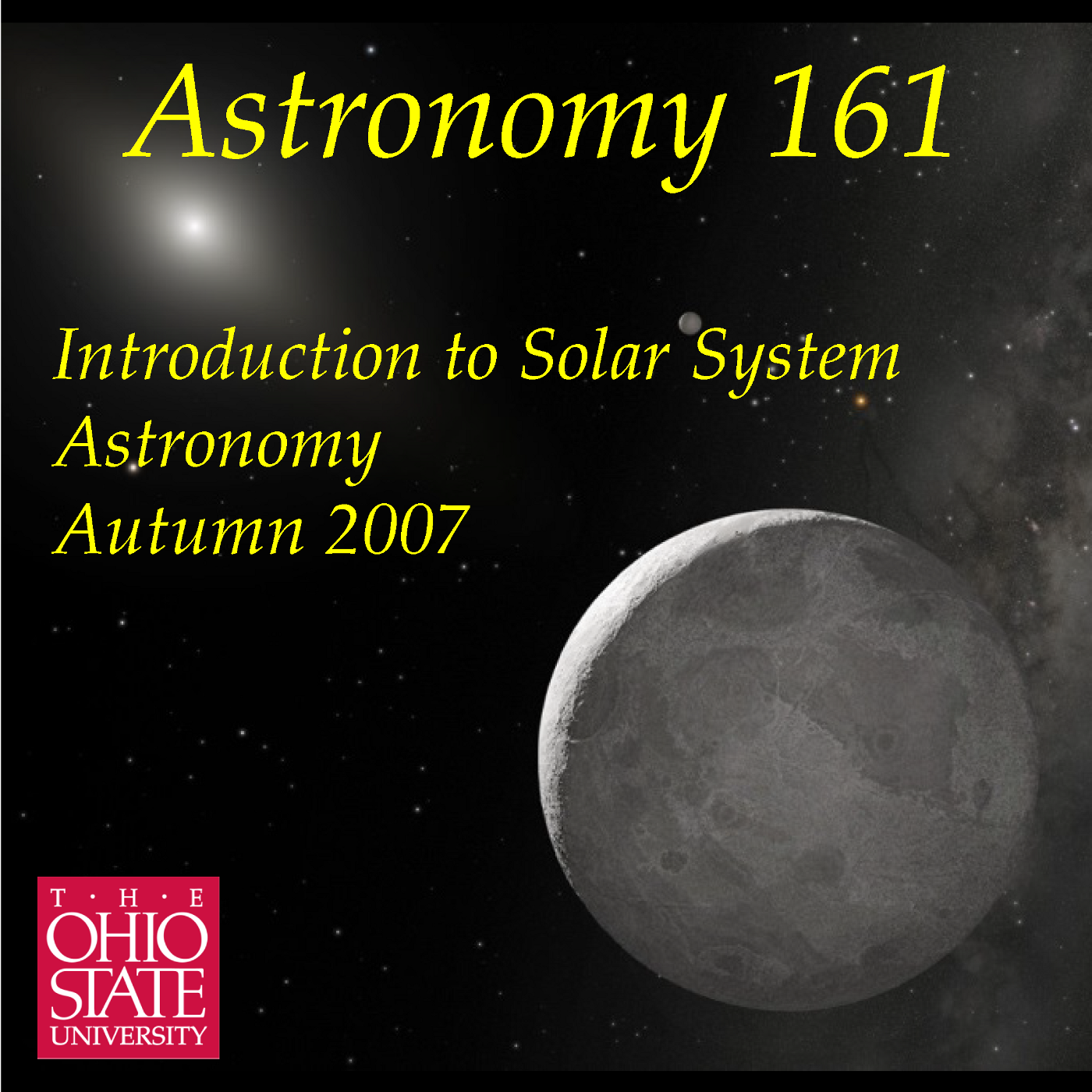Lecture 12: The Wanderers

How do the planets move across the sky? This lecture discusses the\nmotions of the 5 naked-eye planets (Mercury, Venus, Mars, Jupiter, and\nSaturn) as seen from the Earth. We introduce the major configurations\nof the planets, and then discuss their apparent retrograde motions. The\napparent motions of the planets are far more complex than those of the\nSun, Moon, and stars, and present a great challenge to understand. The\ncenturies long effort to understand these motions was to give birth to\nmodern science. Recorded 2007 Oct 4 in 1000 McPherson Lab on the\nColumbus campus of The Ohio State University.